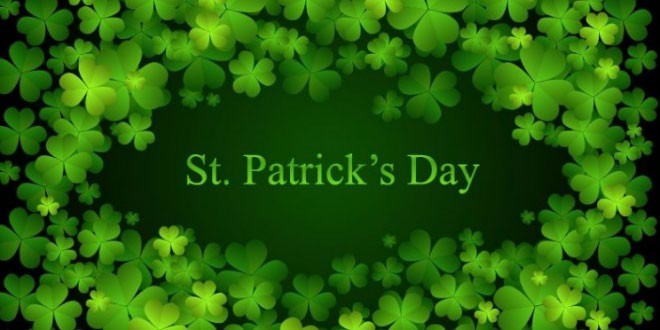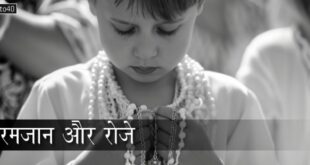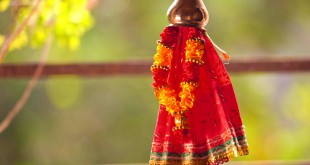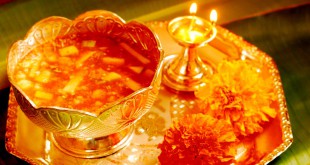Saint Patrick’s Day or the Feast of Saint Patrick is a cultural and religious holiday celebrated on 17 March. It is named after Saint Patrick (c. AD 385–461), the most commonly recognised of the patron saints of Ireland.
Saint Patrick’s Day Information For Kids
Saint Patrick’s Day was made an official feast day in the early seventeenth century and is observed by the Catholic Church, the Anglican Communion (especially the Church of Ireland), the Eastern Orthodox Church and Lutheran Church. For Christians, the day commemorates Saint Patrick and the arrival of Christianity in Ireland. However, it has gradually become more of a secular celebration of Irishness and Irish culture.
The day generally involves public parades and festivals, céilithe, and wearing of green attire or shamrocks. Christians also attend church services and the Lenten restrictions on eating and drinking alcohol are lifted for the day.
Saint Patrick’s Day is a public holiday in the Republic of Ireland, Northern Ireland, Newfoundland and Labrador and Montserrat. It is also widely celebrated by the Irish diaspora around the world; especially in Britain, Canada, the United States, Argentina, Australia and New Zealand.
Saint Patrick’s Day: Myths Busted
St. Patrick was a real person, but some of the traditions associated with him and the holiday are actually myths. For instance, you’ll often see the four-leaf clover on St. Patrick’s Day. However, according to legend, Patrick used a three-leaf clover, or shamrock, as part of his teachings. Even though it’s possible for a shamrock to grow a fourth leaf, a four-leaf clover is just considered a symbol of good luck.
Another legend says that Patrick chased all the snakes out of Ireland. The problem? These creatures never actually lived in the country. In fact many animals found throughout Europe and North America don’t live on the island of Ireland—the ocean keeps the critters away.
Going Green:
The fact that Ireland is an island—as well as green with leafy trees and grassy hills—means that the nation is sometimes called the Emerald Isle. But the color that people originally associated with St. Patrick was blue! (Some ancient Irish flags even sport this color.) Green was finally introduced to St. Patrick’s Day festivities in the 18th century, when the shamrock (which is, of course, green) became a national symbol. Because of the shamrock’s popularity and Ireland’s landscape, the color stuck to the holiday.
Green is also the color that mythical fairies called leprechauns like to dress in—today, at least. But tales about leprechauns date back to before green was in: The fairies were first described as wearing red.
Today’s Saint Patrick’s Day Traditions:
Leprechauns are actually one reason you’re supposed to wear green on St. Patrick’s Day—or risk getting pinched! The tradition is tied to folklore that says wearing green makes you invisible to leprechauns, which like to pinch anyone they can see. Some people also think sporting the color will bring good luck, and others wear it to honor their Irish ancestry. No wonder green decorations can be seen all over—the Chicago River in Illinois is even dyed green each year to celebrate the holiday.
Another tradition includes many Irish-American people in the United States eating corned beef and cabbage on St. Patrick’s Day. People also gather to watch parades of traditional Irish dancers and musicians as they march through city streets. However you celebrate, here’s hoping it’s a lucky day!
 Kids Portal For Parents India Kids Network
Kids Portal For Parents India Kids Network








One comment
Pingback: St. Patrick's Day Coloring Pages For Kids - Kids Portal For Parents